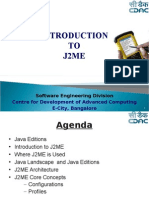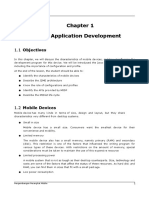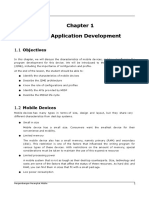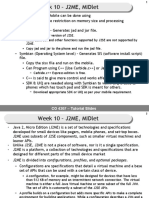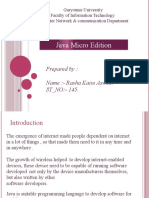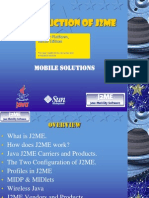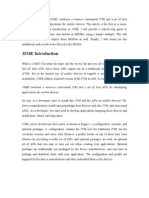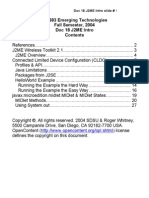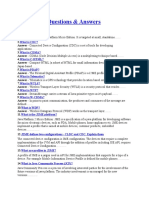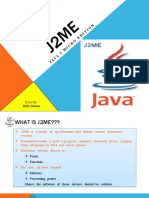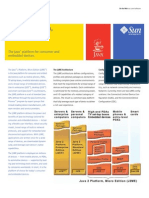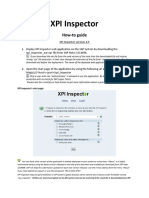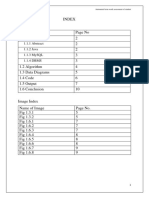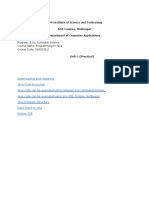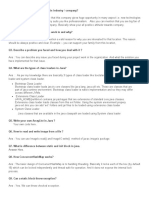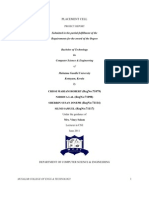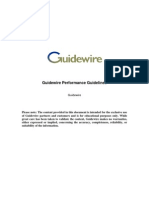0% found this document useful (0 votes)
135 views43 pagesIntroduction To Java 2 Platform
J2ME is a family of specifications that defines various downsized versions of the standard Java 2 platform. Each edition defines different sets of class libraries, taking up to 10-20 megabytes of space. J2EE J2ME-based devices have J2SE fewer classes.
Uploaded by
Bilal KhanCopyright
© Attribution Non-Commercial (BY-NC)
We take content rights seriously. If you suspect this is your content, claim it here.
Available Formats
Download as PPT, PDF, TXT or read online on Scribd
0% found this document useful (0 votes)
135 views43 pagesIntroduction To Java 2 Platform
J2ME is a family of specifications that defines various downsized versions of the standard Java 2 platform. Each edition defines different sets of class libraries, taking up to 10-20 megabytes of space. J2EE J2ME-based devices have J2SE fewer classes.
Uploaded by
Bilal KhanCopyright
© Attribution Non-Commercial (BY-NC)
We take content rights seriously. If you suspect this is your content, claim it here.
Available Formats
Download as PPT, PDF, TXT or read online on Scribd
/ 43






